1. Ackerman LL, Menezes AH. Spinal congenital dermal sinuses: a 30-year experience. Pediatrics. 112(3 Pt 1):641–647. 2003.

2. Colas JF, Schoenwolf GC. Towards a cellular and molecular understanding of neurulation. Dev Dyn. 221:117–145. 2001.

3. Cornips EM, Weber JW, Vles JS, van Aalst J. Pseudo-dermal sinus tract or spinal dermal-sinus-like stalk? Childs Nerv Syst. 27:1189–1193. 2011.

4. De Vloo P, Lagae L, Sciot R, Demaerel P, van Loon J, Van Calenbergh F. Spinal dermal sinuses and dermal sinus-like stalks analysis of 14 cases with suggestions for embryologic mechanisms resulting in dermal sinuslike stalks. Eur J Paediatr Neurol. 17:575–584. 2013.

5. Eibach S, Moes G, Zovickian J, Pang D. Limited dorsal myeloschisis associated with dermoid elements. Childs Nerv Syst. 33:55–67. 2017.

6. Elton S, Oakes WJ. Dermal sinus tracts of the spine. Neurosurg Focus. 10:e4. 2001.

7. Girishan S, Rajshekhar V. Rapid-onset paraparesis and quadriparesis in patients with intramedullary spinal dermoid cysts: report of 10 cases. J Neurosurg Pediatr. 17:86–93. 2016.

8. Hiraoka A, Morioka T, Murakami N, Suzuki SO, Mizoguchi M. Limited dorsal myeloschisis with no extradural stalk linking to a flat skin lesion: a case report. Childs Nerv Syst. 34:2497–2501. 2018.

9. Kim JW, Wang KC, Chong S, Kim SK, Lee JY. Limited dorsal myeloschisis: reconsideration of its embryological origin. Neurosurgery. 86:93–100. 2020.

10. Lee JY, Chong S, Choi YH, Phi JH, Cheon JE, Kim SK, et al. Modification of surgical procedure for “probable” limited dorsal myeloschisis. J Neurosurg Pediatr. 19:616–619. 2017.

11. Lee JY, Park SH, Chong S, Phi JH, Kim SK, Cho BK, et al. Congenital dermal sinus and limited dorsal myeloschisis:”spectrum disorders” of incomplete dysjuction between cutaneous and neural ectoderms. Neurosurgery. 84:428–434. 2019.

12. Lee SM, Cheon JE, Choi YH, Kim IO, Kim WS, Cho HH, et al. Limited dorsal myeloschisis and congenital dermal sinus: comparison of clinical and MR imaging features. AJNR Am J Neuroradiol. 38:176–182. 2017.

13. Martínez-Lage JF, Almagro MJ, Ferri-Ñiguez B, Izura Azanza V, Serrano C, Domenech E. Spinal dermal sinus and pseudo-dermal sinus tracts: two different entities. Childs Nerv Syst. 27:609–616. 2011.

14. Martins-Green M. Origin of the dorsal surface of the neural tube by progressive delamination of epidermal ectoderm and neuroepithelium: implications for neurulation and neural tube defects. Development. 103:687–706. 1988.

15. Martins-Green M, Erickson CA. Basal lamina is not a barrier to neural crest cell emigration: documentation by TEM and by immunofluorescent and immunogold labelling. Development. 101:517–533. 1987.

16. Morioka T, Suzuki SO, Murakami N, Mukae N, Shimogawa T, Haruyama H, et al. Surgical histopathology of limited dorsal myeloschisis with flat skin lesion. Childs Nerv Syst. 35:119–128. 2019.

17. Morioka T, Suzuki SO, Murakami N, Shimogawa T, Mukae N, Inoha S, et al. Neurosurgical pathology of limited dorsal myeloschisis. Childs Nerv Syst. 34:293–303. 2018.

18. Müller F, O’Rahilly R. The prechordal plate, the rostral end of the notochord and nearby median features in staged human embryos. Cells Tissues Organs. 173:1–20. 2003.

19. Müller F, O’Rahilly R. The primitive streak, the caudal eminence and related structures in staged human embryos. Cells Tissues Organs. 177:2–20. 2004.

20. Nikolopoulou E, Galea GL, Rolo A, Greene ND, Copp AJ. Neural tube closure: cellular, molecular and biomechanical mechanisms. Development. 144:552–566. 2017.

21. Pang D. Surgical management of spinal dysraphism. In : Fessler R, Sekhar L, editors. Atlas of Neurosurgical Techniques. New York: Thieme Medical and Scientific Publishers;2006. p. 729–758.
22. Pang D, Dias MS. Cervical myelomeningoceles. Neurosurgery. 33:363–373. 1993.

23. Pang D, Dias MS, Ahab-Barmada M. Split cord malformation part I: a unified theory of embryogenesis for double spinal cord malformations. Neurosurgery. 31:451–480. 1992.
24. Pang D, Zovickian J, Oviedo A, Moes GS. Limited dorsal myeloschisis: a distinctive clinicopathological entity. Neurosurgery. 67:1555–1580. 2010.

25. Pang D, Zovickian J, Wong ST, Hou YJ, Moes GS. Limited dorsal myeloschisis: a not-so-rare form of primary neurulation defect. Childs Nerv Syst. 29:1459–1484. 2013.

26. Pang D, Zovickian J, Wong ST, Hou YJ, Moes GS. Surgical treatment of complex spinal cord lipomas. Childs Nerv Syst. 29:1485–1513. 2013.

27. Quon JL, Grant GA. Commentary: limited dorsal myeloschisis: reconsideration of its embryological origin. Neurosurgery. 86:E13–E14. 2020.

28. Rolo A, Escuin S, Greene NDE, Copp AJ. Rho GTPases in mammalian spinal neural tube closure. Small GTPases. 9:283–289. 2018.

29. Rossi A, Piatelli G, Gandolfo C, Pavanello M, Hoffmann C, Van Goethem JW, et al. Spectrum of nonterminal myelocystoceles. Neurosurgery. 58:509–515. 2006.

30. Schoenwolf GC. Observations on closure of the neuropores in the chick embryo. Am J Anat. 155:445–465. 1979.

31. Schoenwolf GC, Smith JL. Mechanisms of neurulation: traditional viewpoint and recent advances. Development. 109:243–270. 1990.

32. Selleck MA, Bronner-Fraser M. Origins of the avian neural crest: the role of neural plate-epidermal interactions. Development. 121:525–538. 1995.

33. Silver MH, Kerns JM. Ultrastructure of neural fold fusion in chick embryos. Scanning Electron Microscope. 2:209–216. 1978.
34. Steinbok P. Dysraphic lesions of the cervical spinal cord. Neurosurg Clin N Am. 6:367–376. 1995.

35. Steinbok P, Cochrane DD. The nature of congenital posterior cervical or cervicothoracic midline cutaneous mass lesions: report of eight cases. J Neurosurg. 75:206–212. 1991.

36. Suneson A, Kalimo H. Myelocystocele with cerebellar heterotopia. J Neurosurg. 51:392–396. 1979.

37. Theveneau E, Mayor R. Neural crest delamination and migration: from epithelium-to-mesenchyme transition to collective cell migration. Dev Biol. 366:34–54. 2012.

38. Tisdall MM, Hayward RD, Thompson DN. Congenital spinal dermal tract: how accurate is clinical and radiological evaluation? J Neurosurg Pediatr. 15:651–656. 2015.

39. van Aalst J, Beuls EA, Cornips EM, van Straaten HW, Boselie AFM, Rijkers K, et al. The spinal dermal-sinus-like stalk. Childs Nerv Syst. 25:191–197. 2009.

40. van Aalst J, Beuls EA, Cornips EM, Vanormelingen L, Vandersteen M, Weber JW, et al. Anatomy and surgery of the infected dermal sinus of the lower spine. Childs Nerv Syst. 22:1307–1315. 2006.

41. van Straaten HW, Jaskoll T, Rousseau AM, Terwindt-Rouwenhorst EA, Greenberg G, Shankar K, et al. Raphe of the posterior neural tube in the chick embryo: its closure and reopening as studied in living embryos with a high definition light microscope. Dev Dyn. 198:65–76. 1993.

42. Wang KC, Yang HJ, Oh CW, Kim HJ, Cho BK. Spinal congenital dermal sinus--experience of 5 cases over a period of 10 years. J Korean Med Sci. 8:341–347. 1993.

43. Wong ST, Kan A, Pang D. Limited dorsal spinal nondisjunctional disorders: Limited dorsal myeloschisis, congenital spinal dermal sinus tract, and mixed lesions. In : Di Rocco C, Pang D, Rutka JT, editors. Textbook of Pediatric Neurosurgery. ed 1. Switzerland: Springer;2020.
44. Yamaguchi Y, Shinotsuka N, Nonomura K, Takemoto K, Kuida K, Yosida H, et al. Live imaging of apoptosis in a novel transgenic mouse highlights its role in neural tube closure. J Cell Biol. 195:1047–1060. 2011.

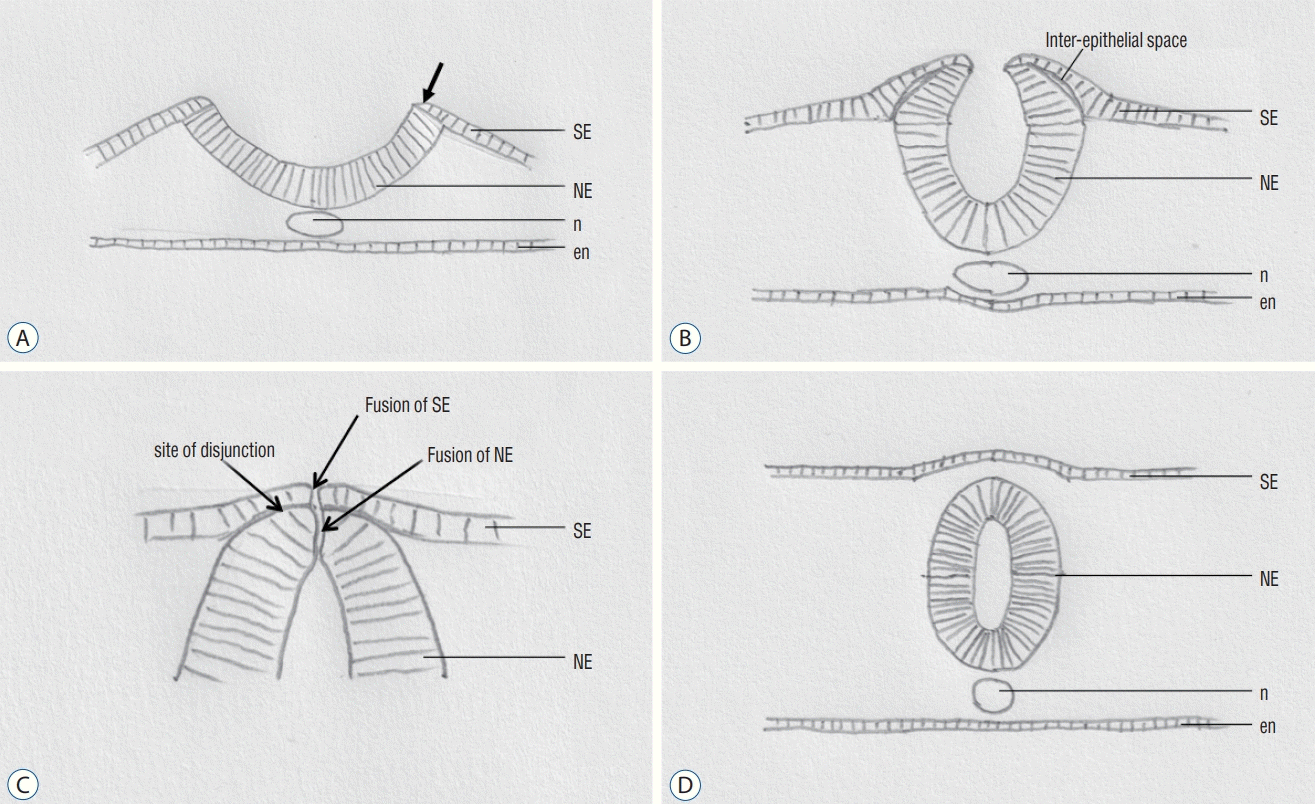
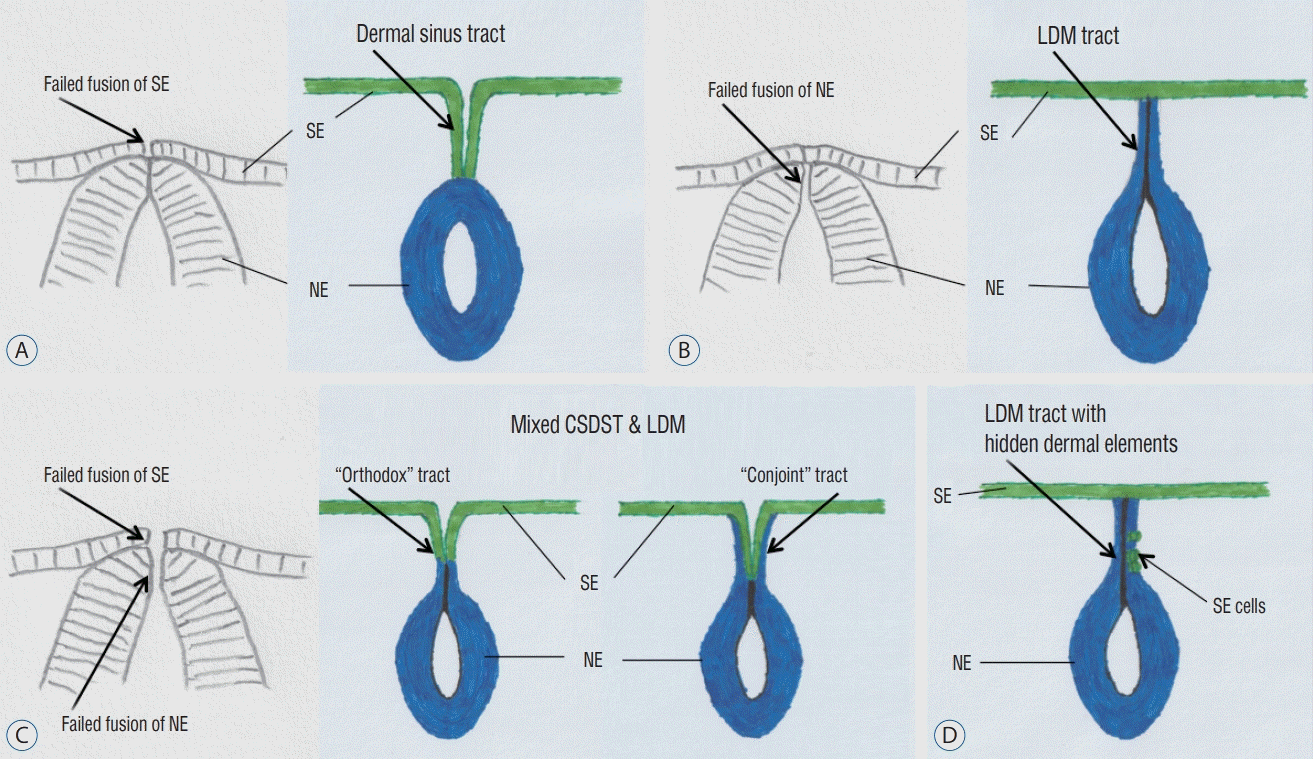
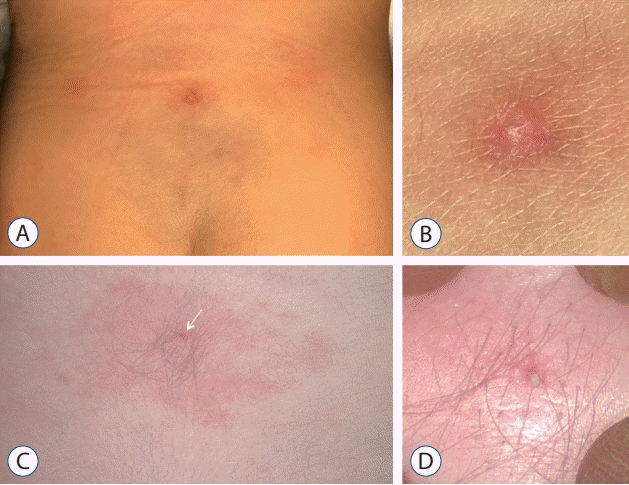
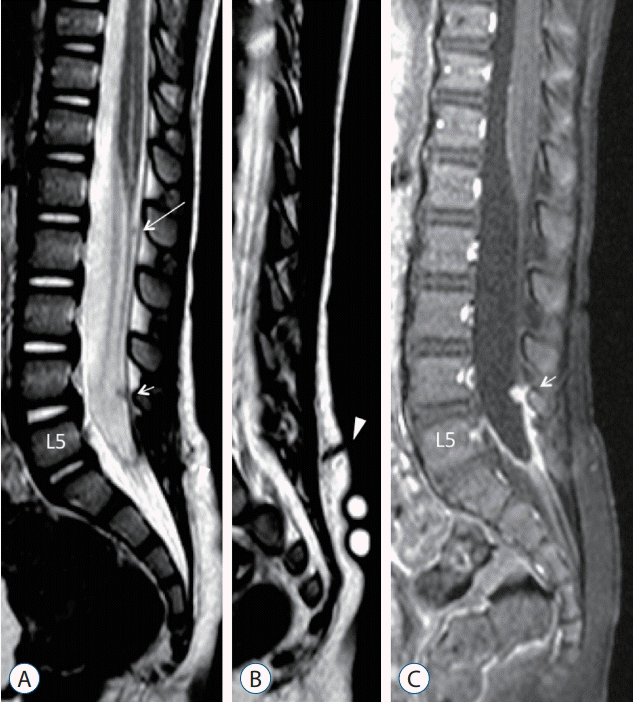
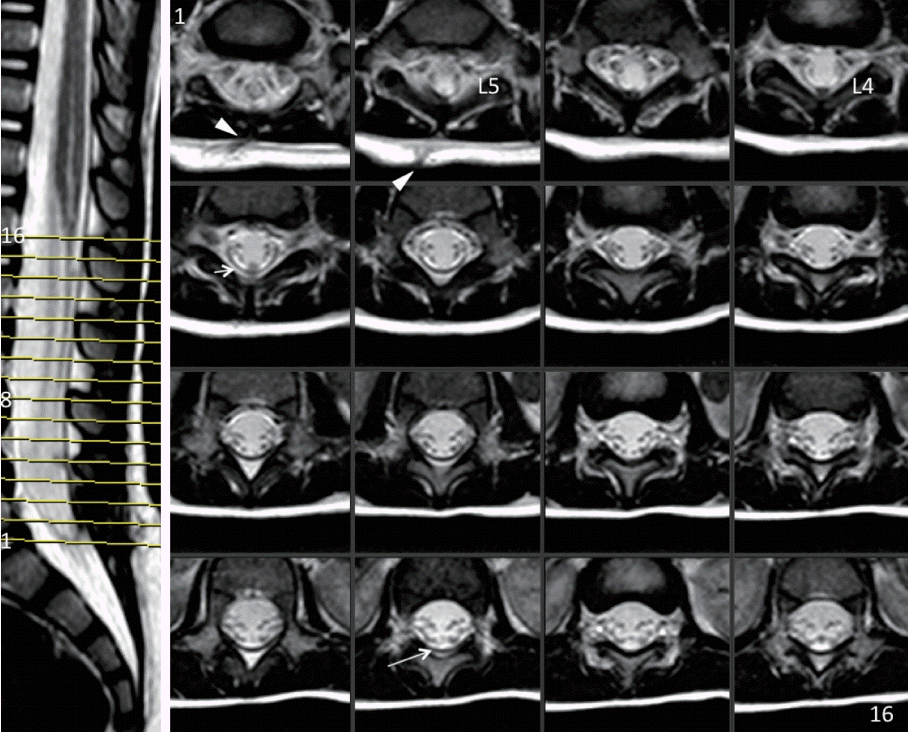
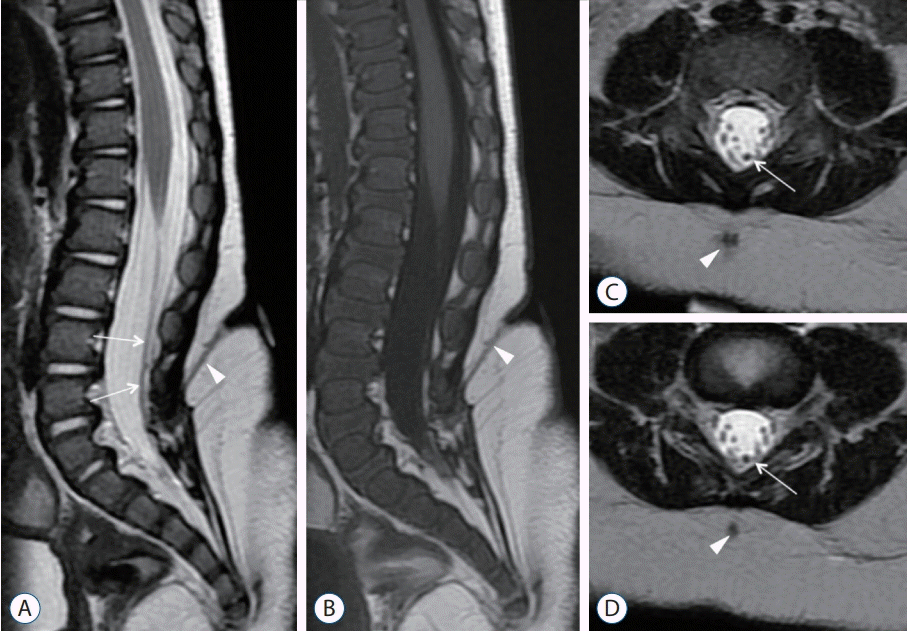
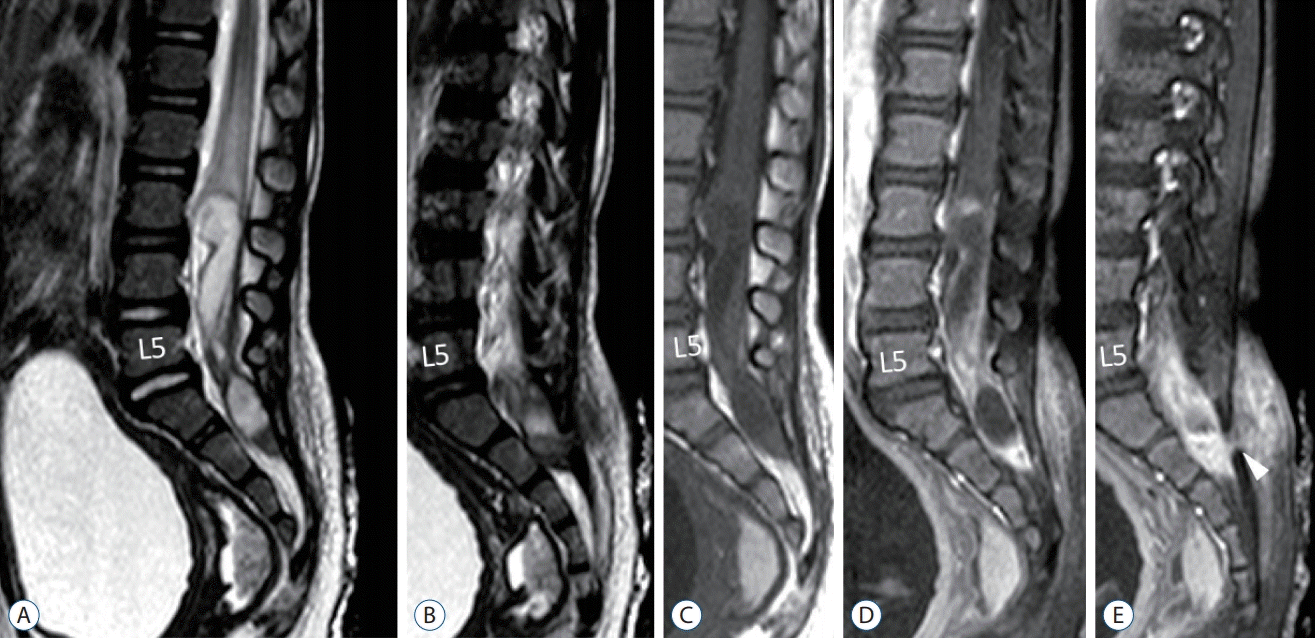
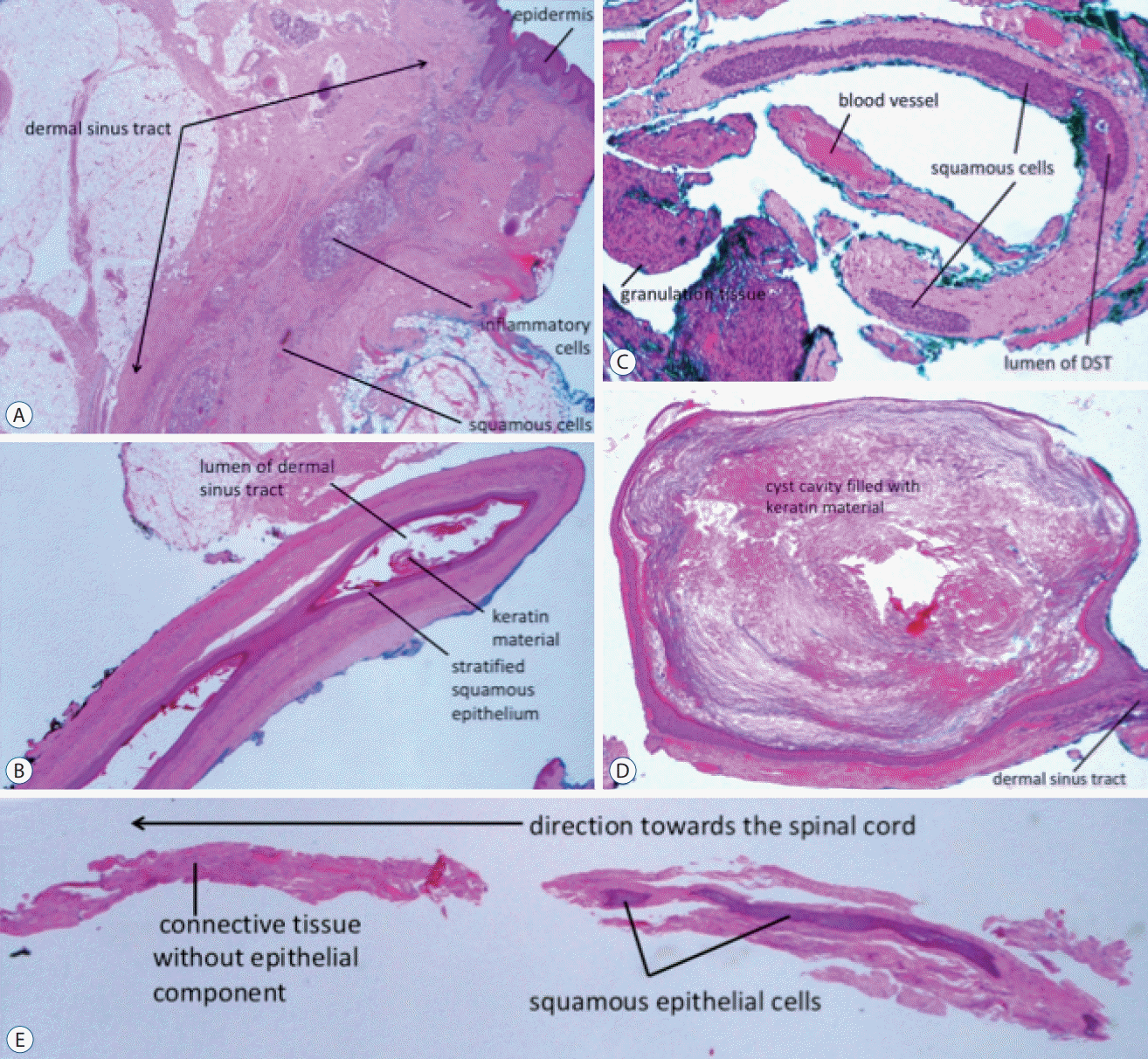
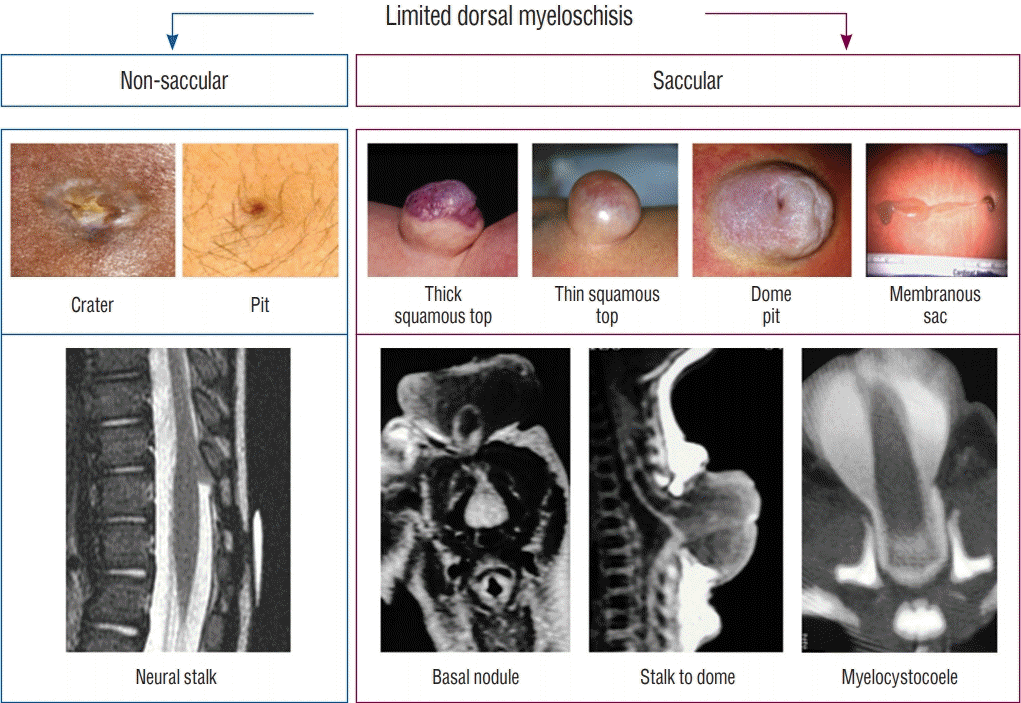
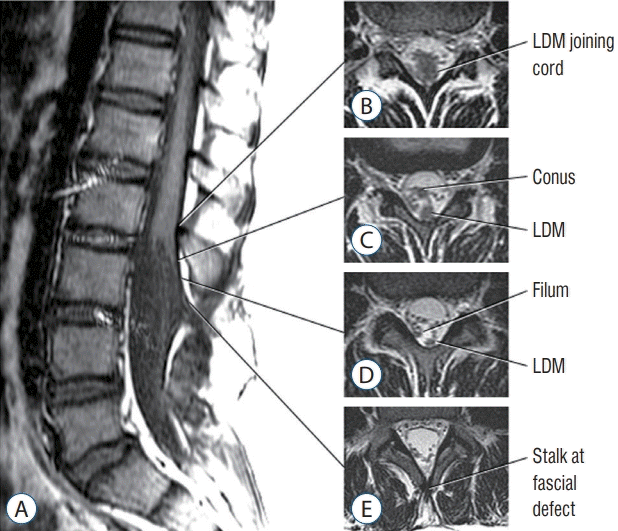
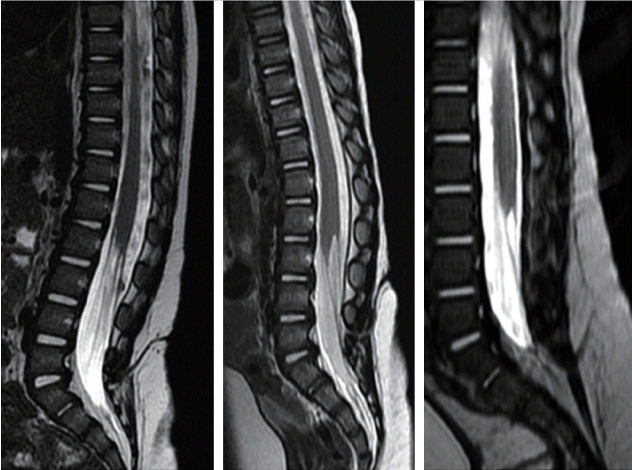
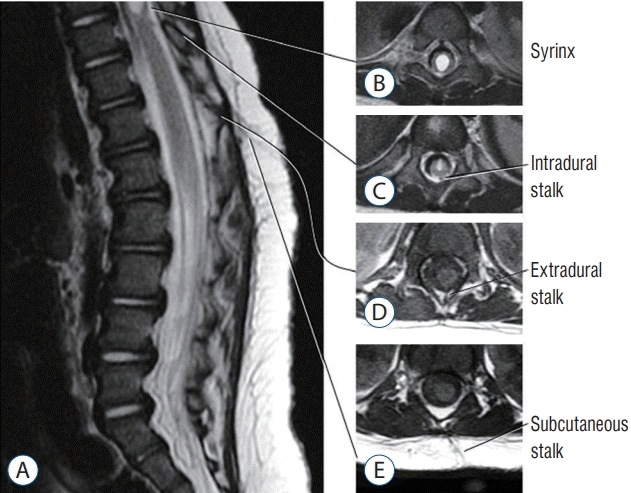
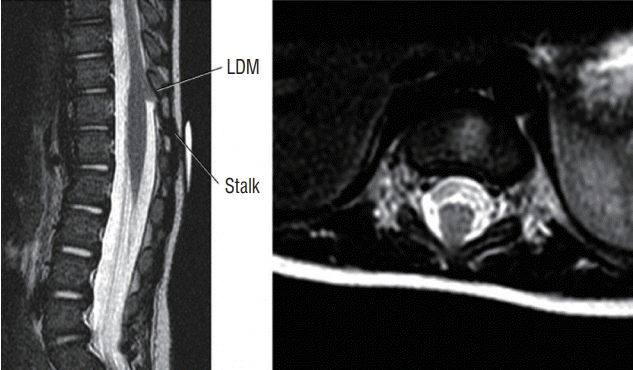
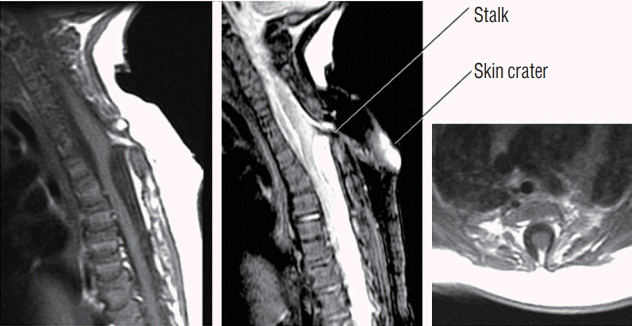
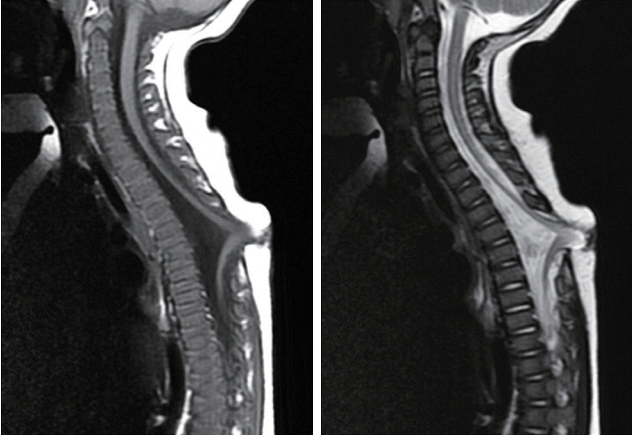
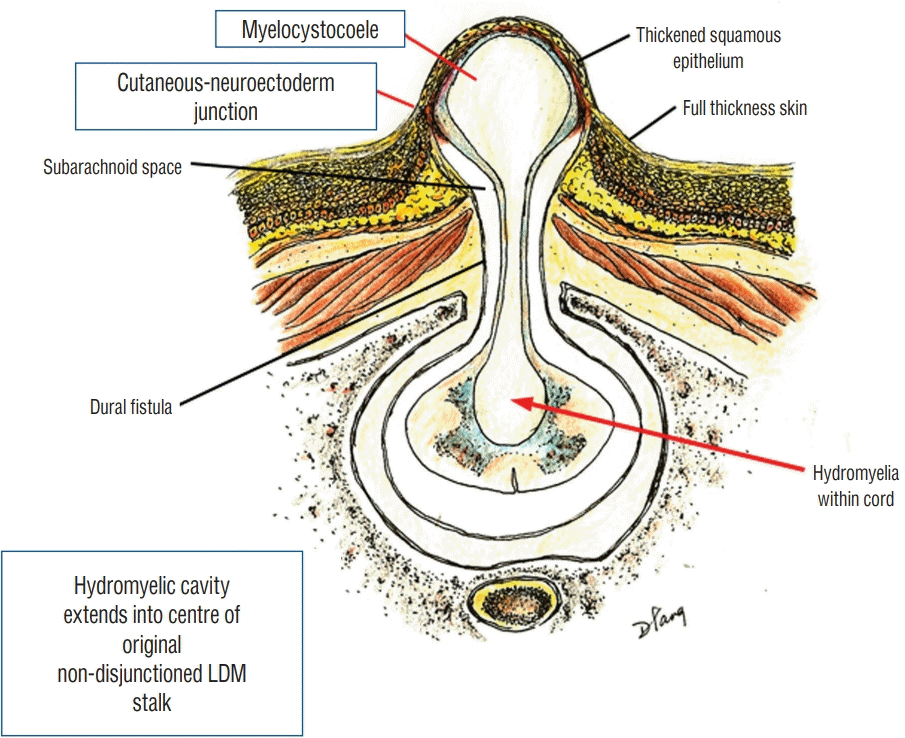
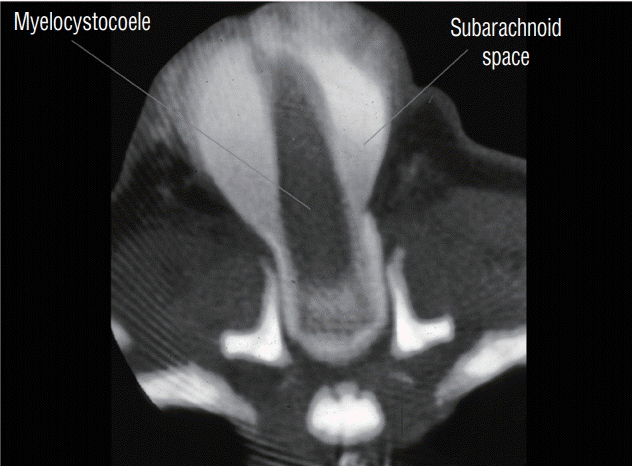
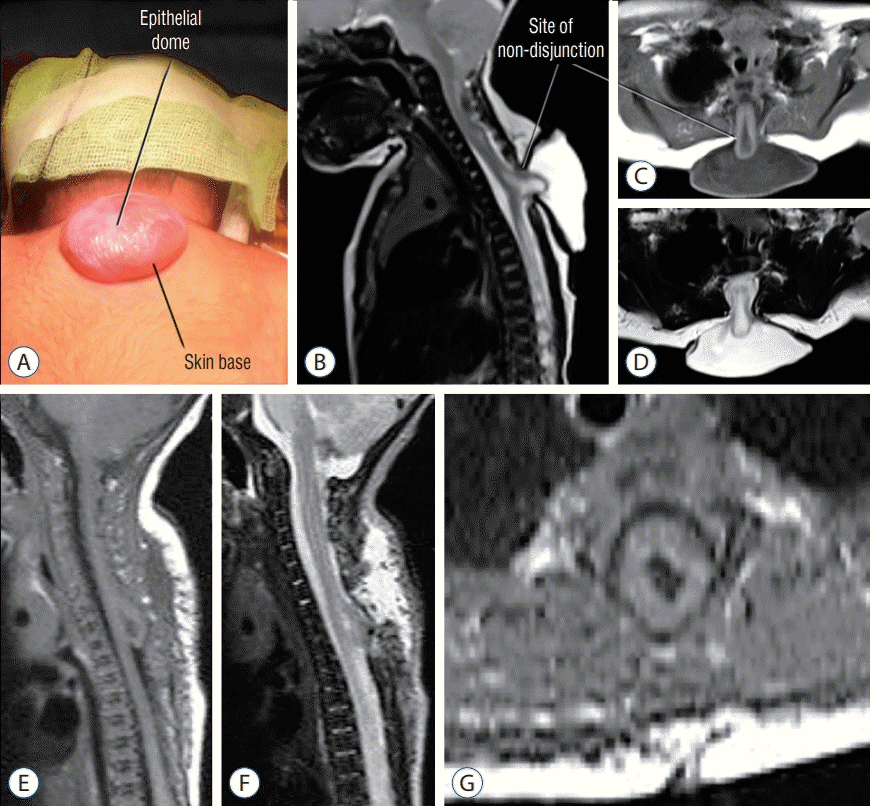
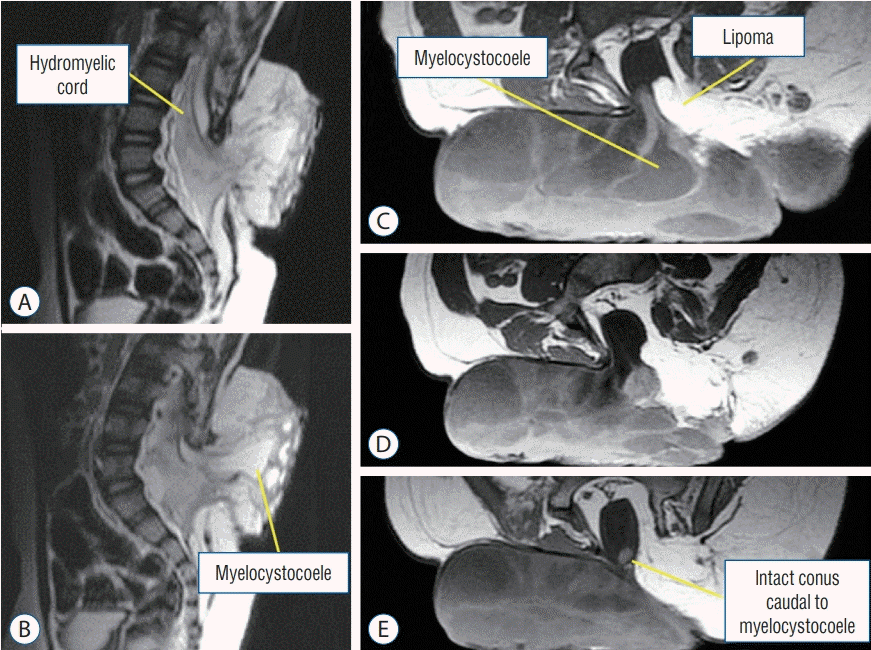
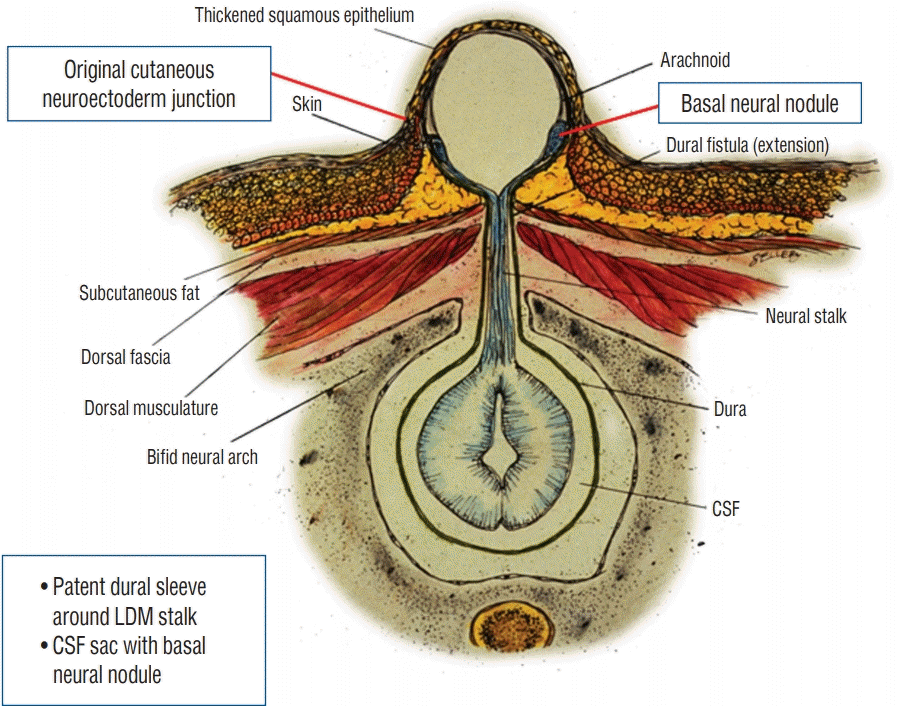
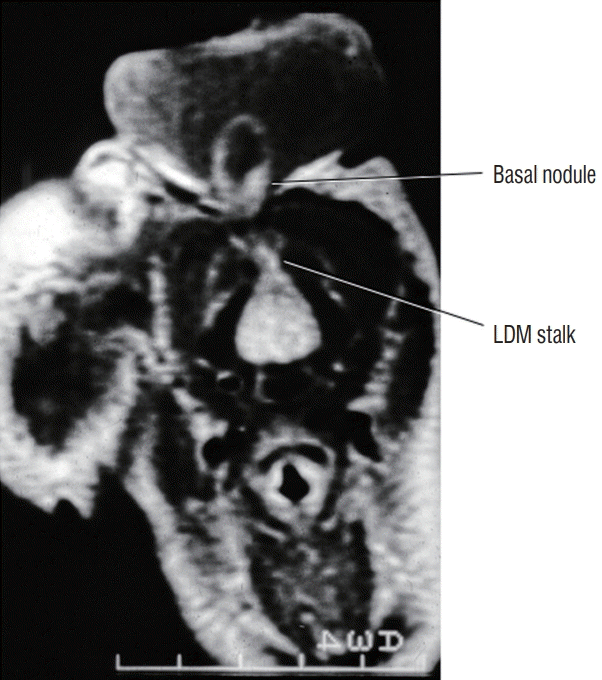
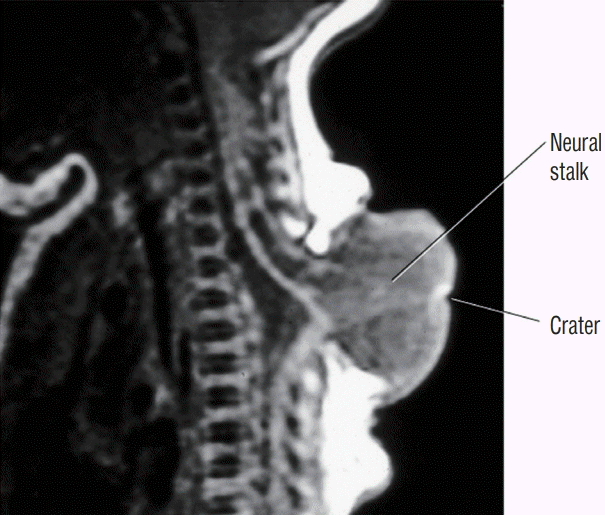
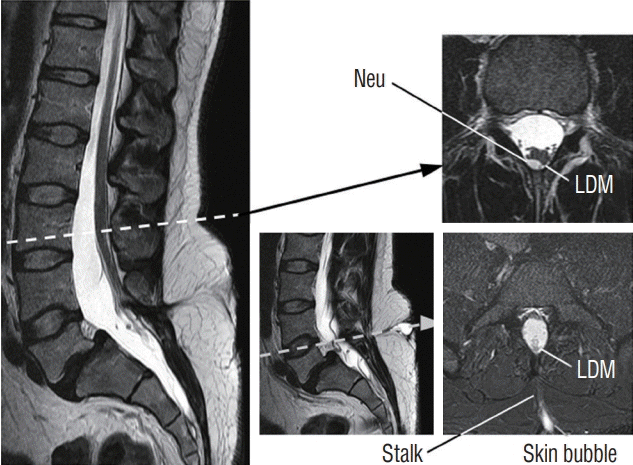
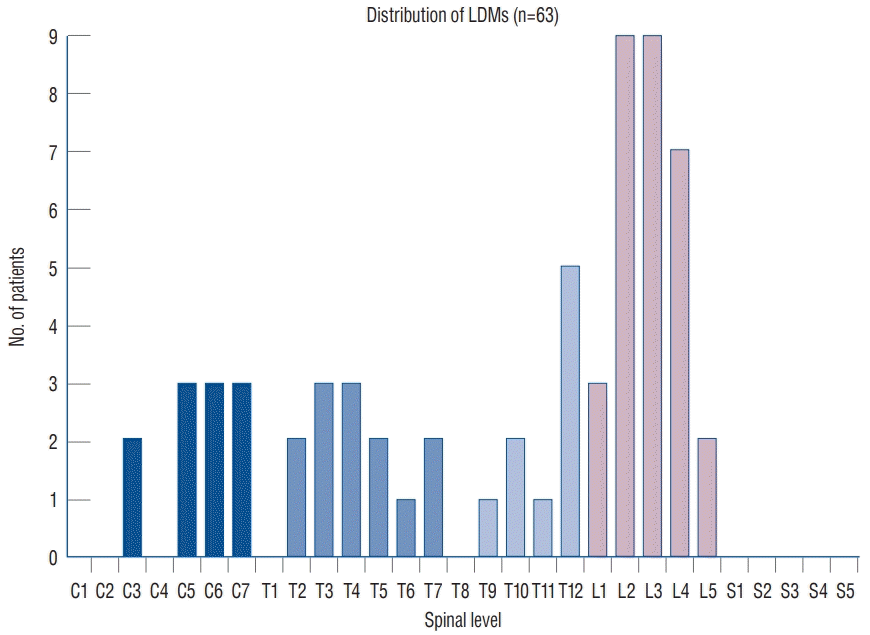
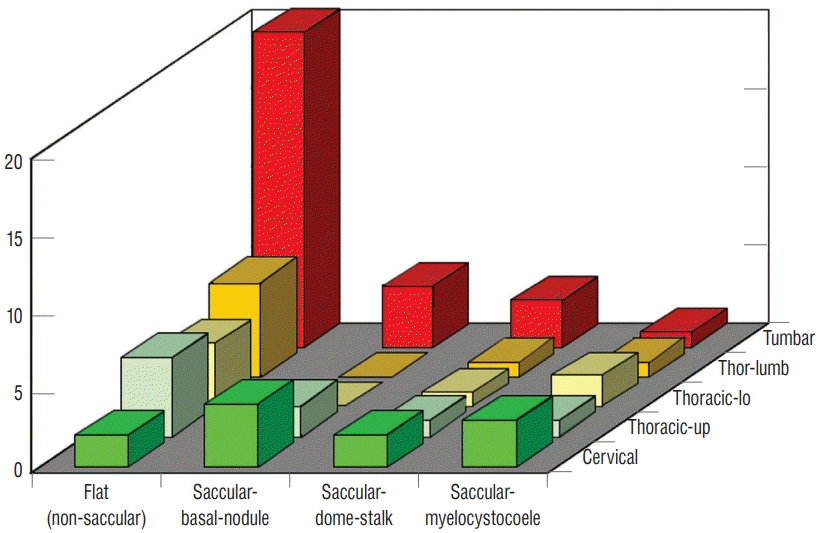
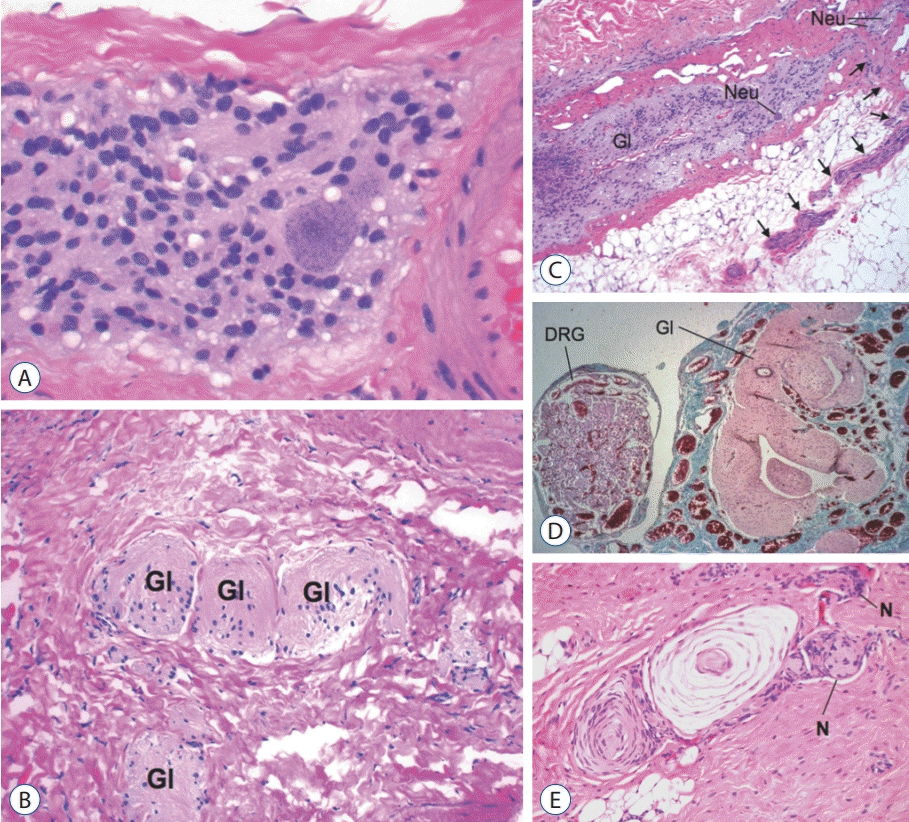

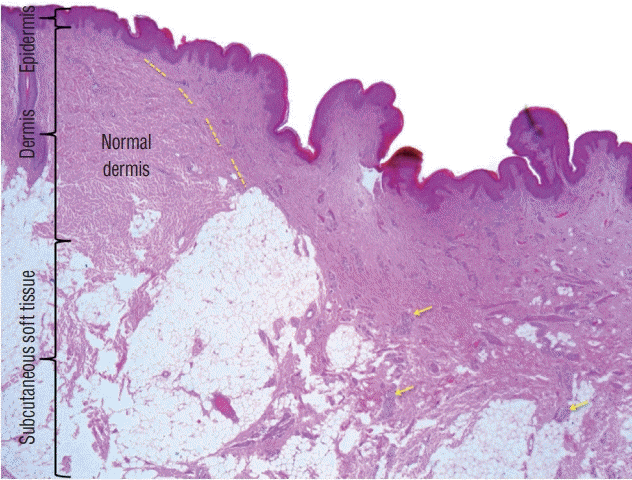
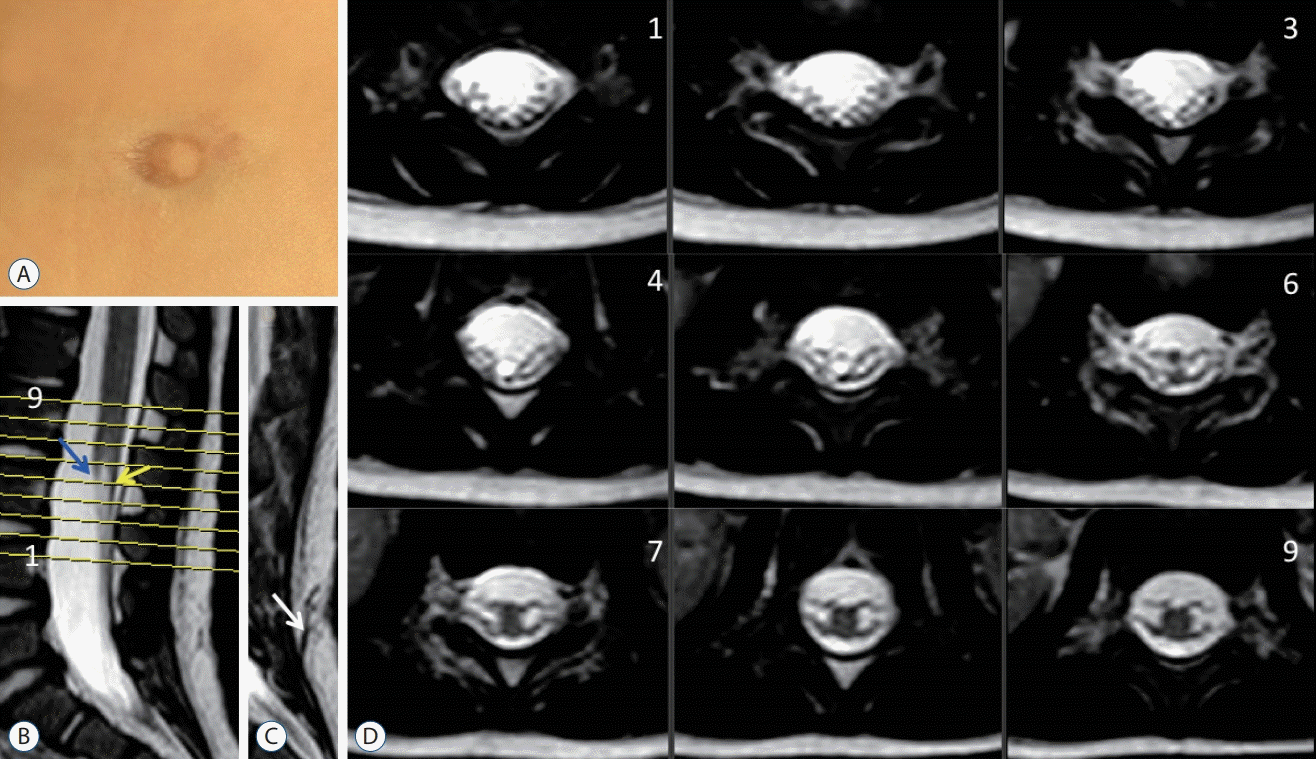

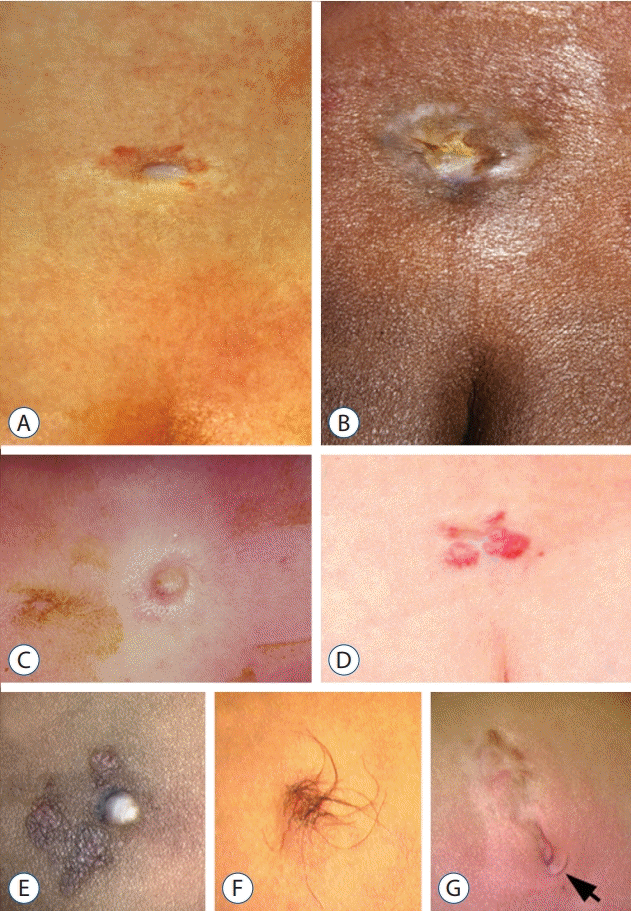
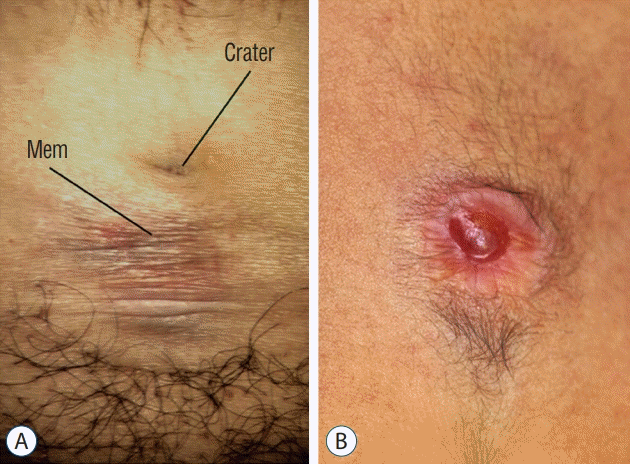
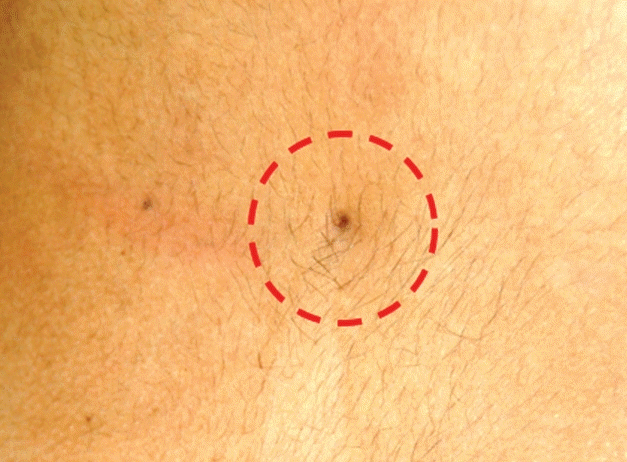


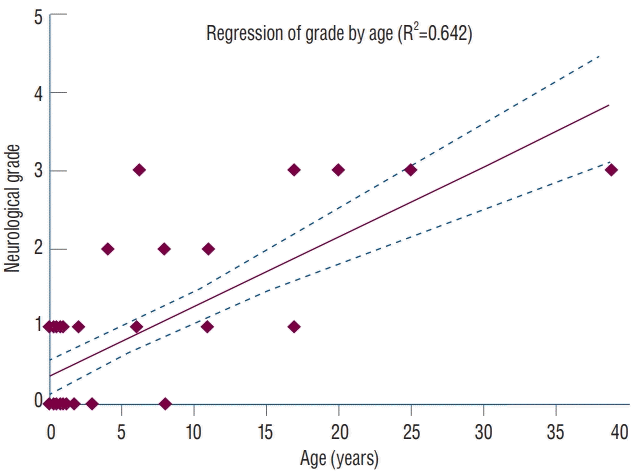
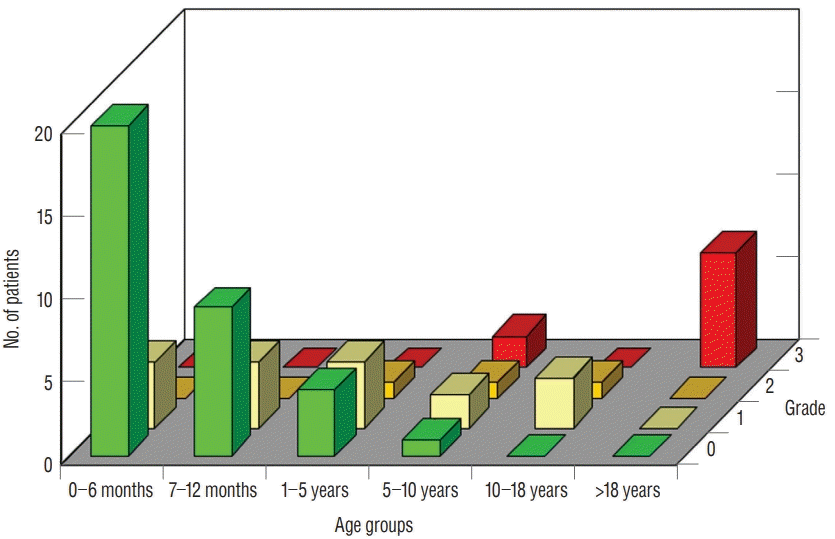
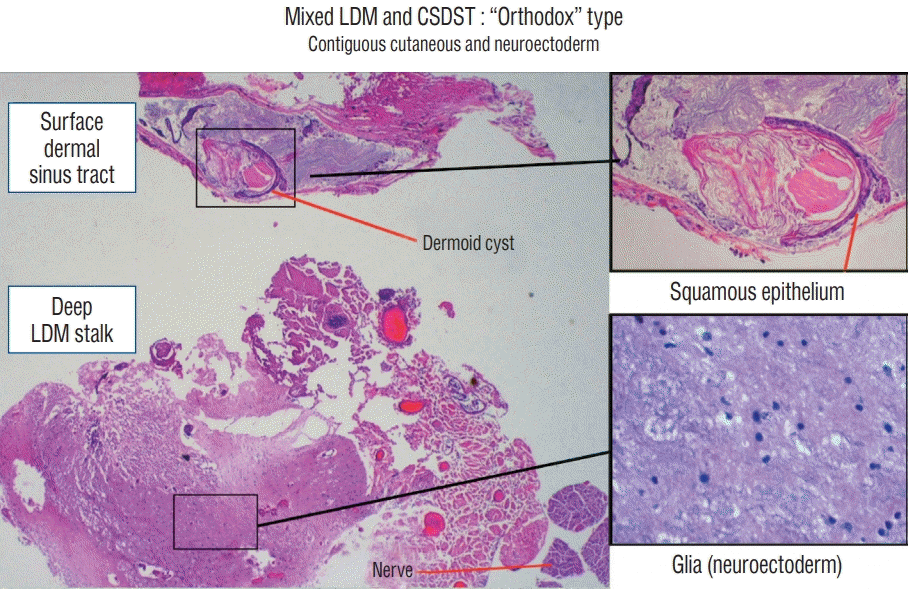

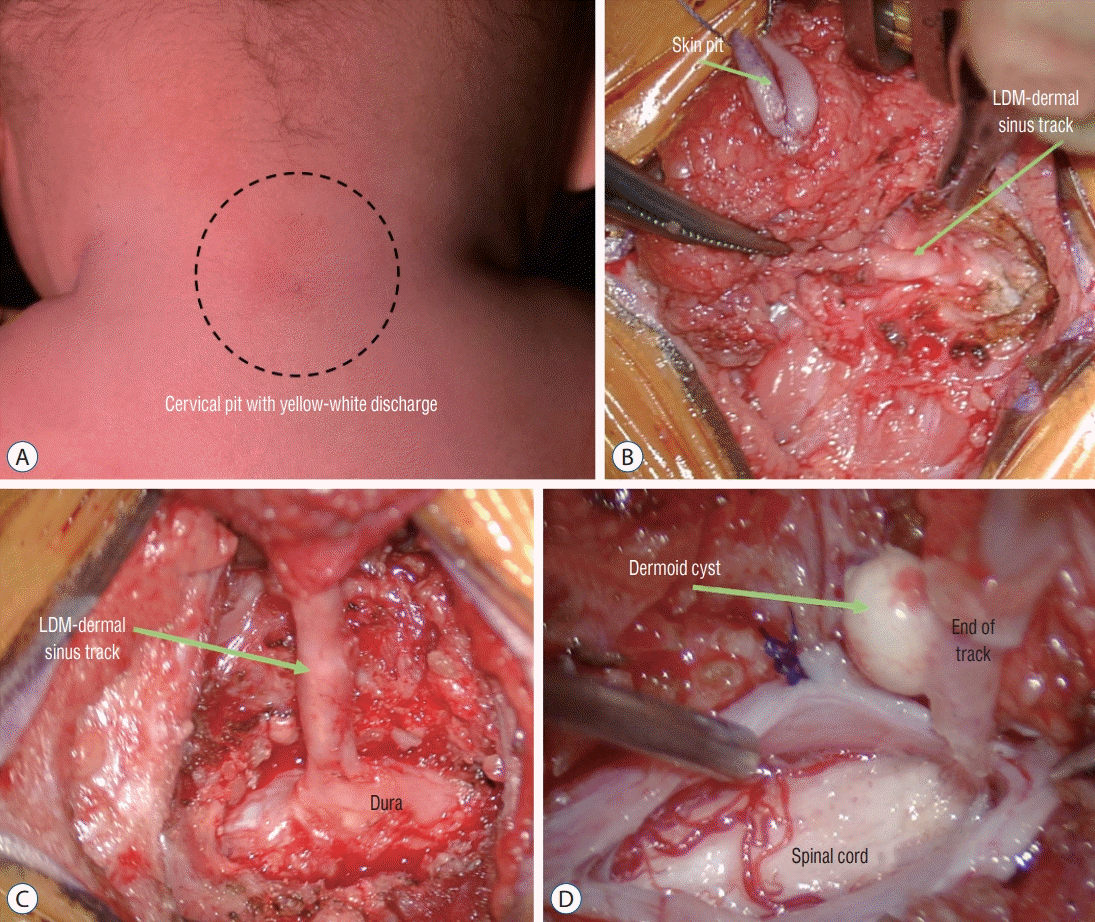
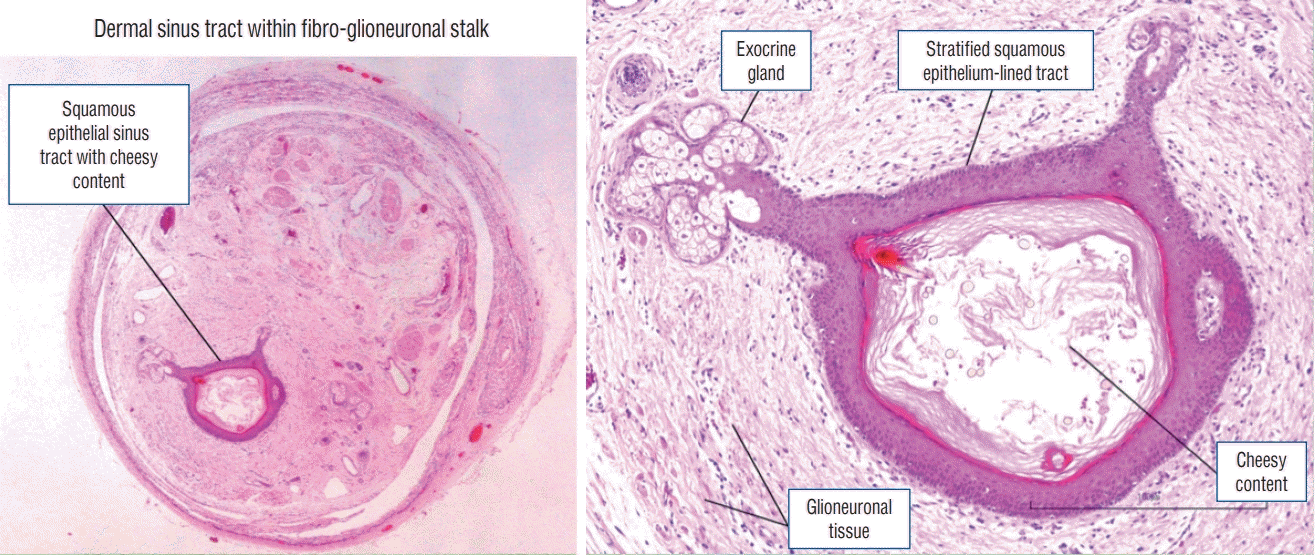
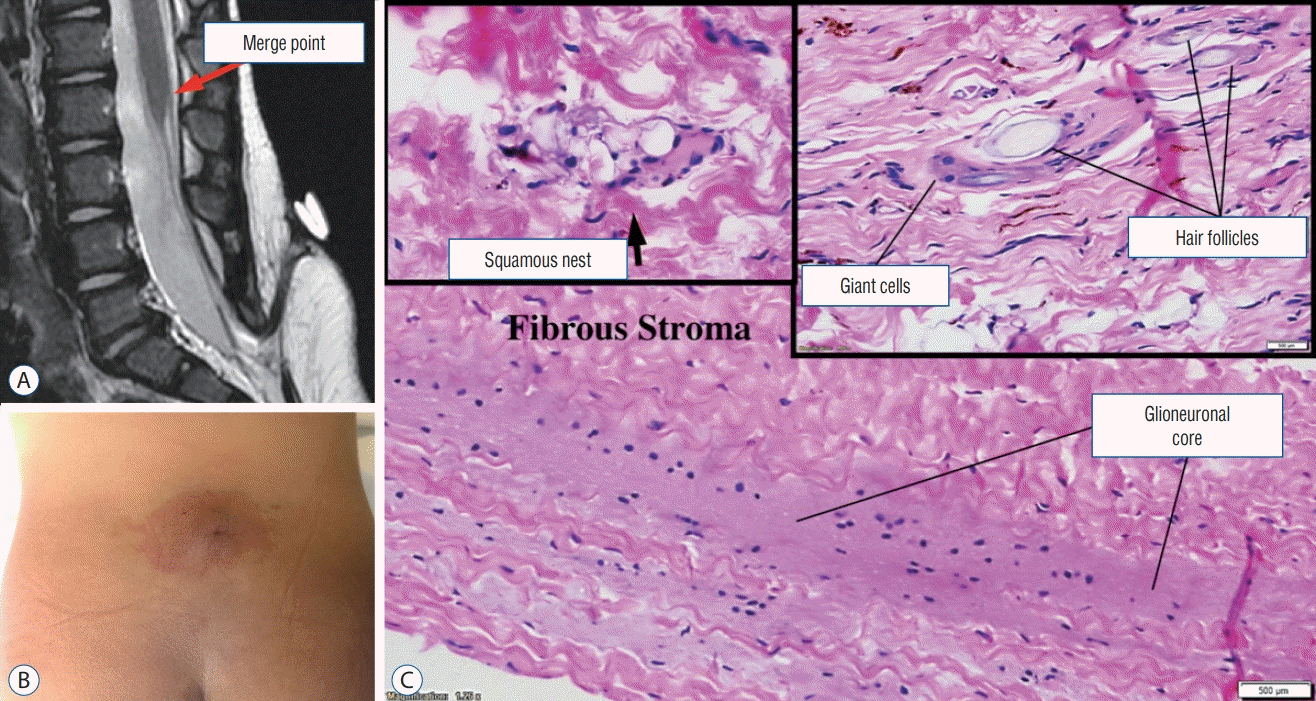

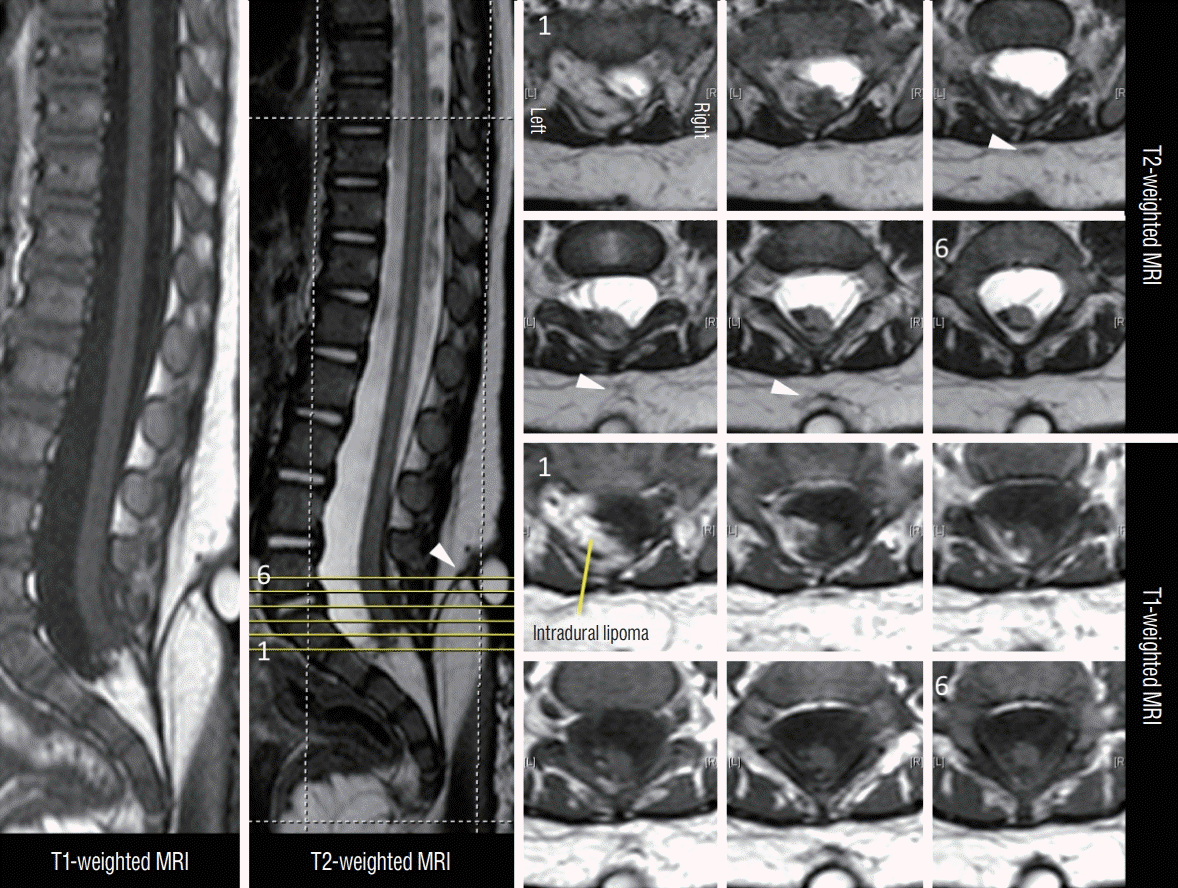
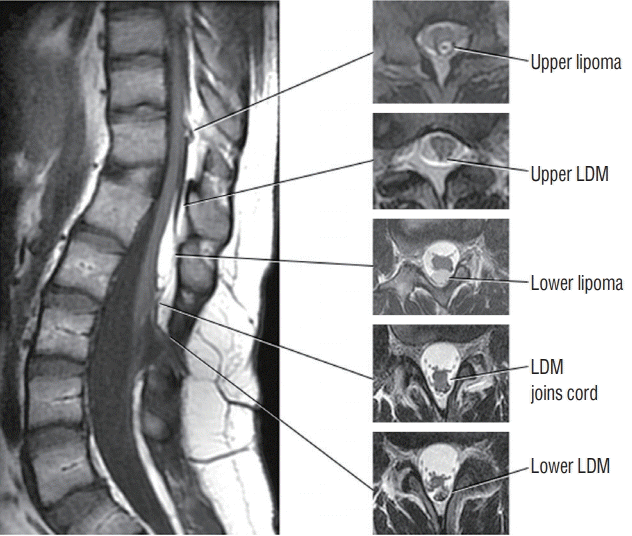
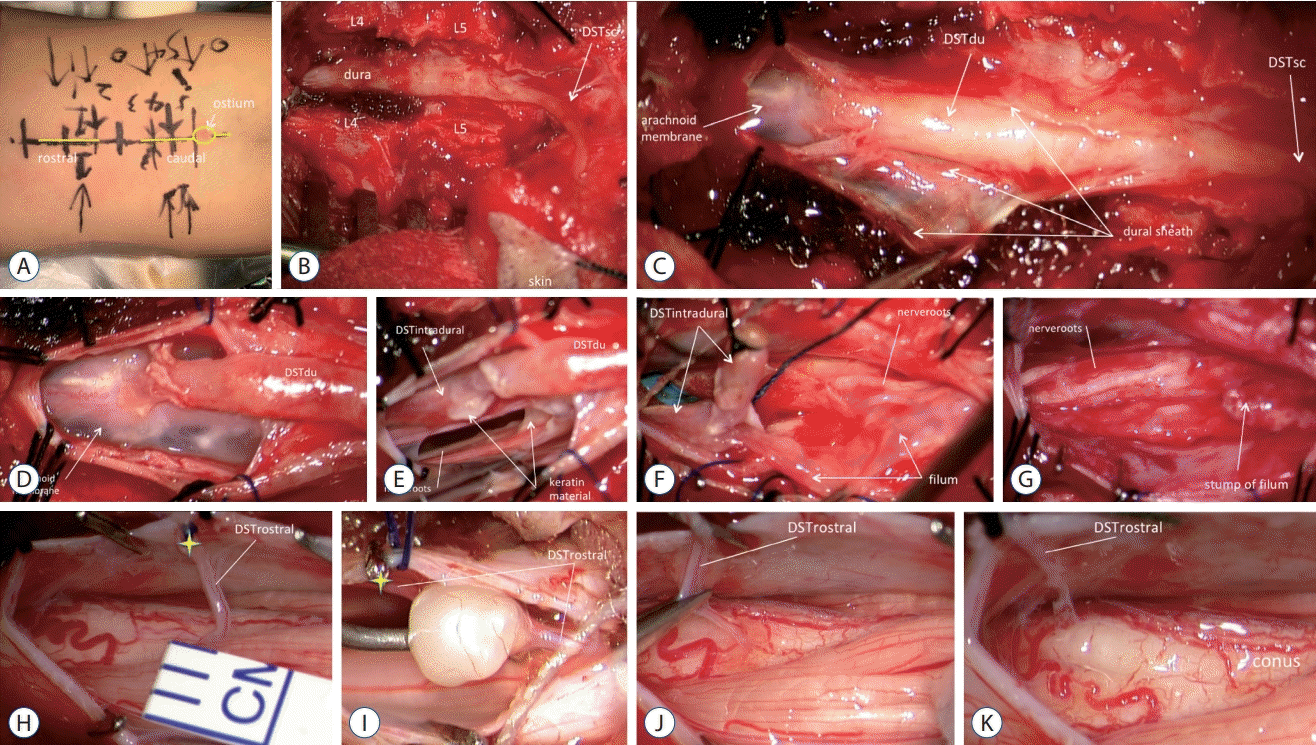
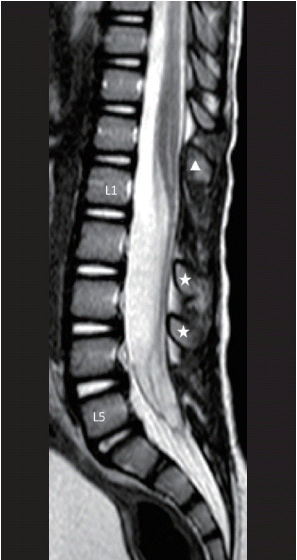
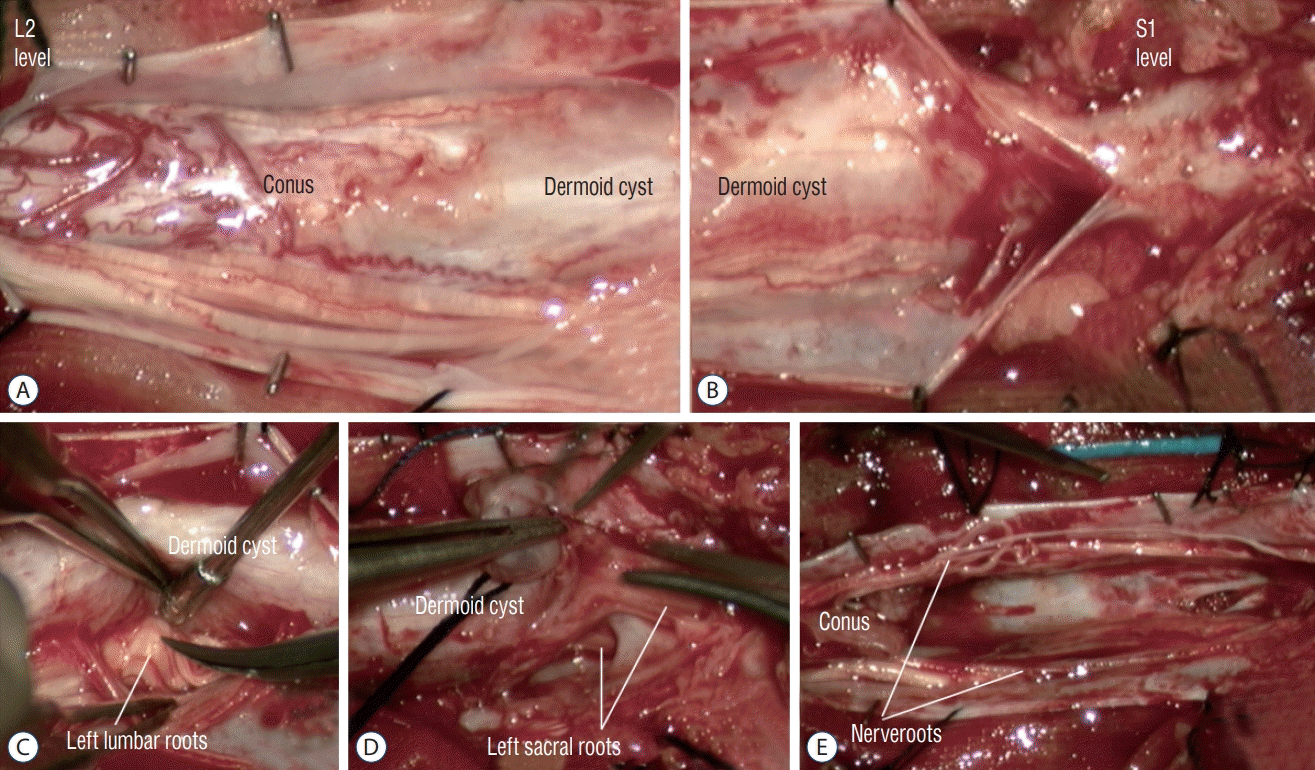
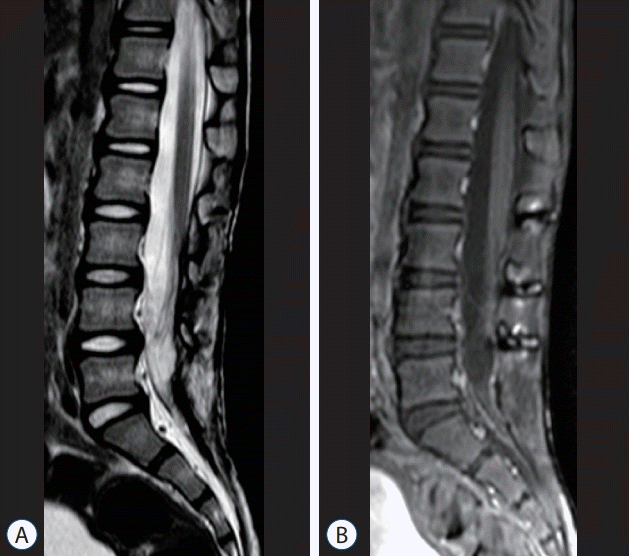
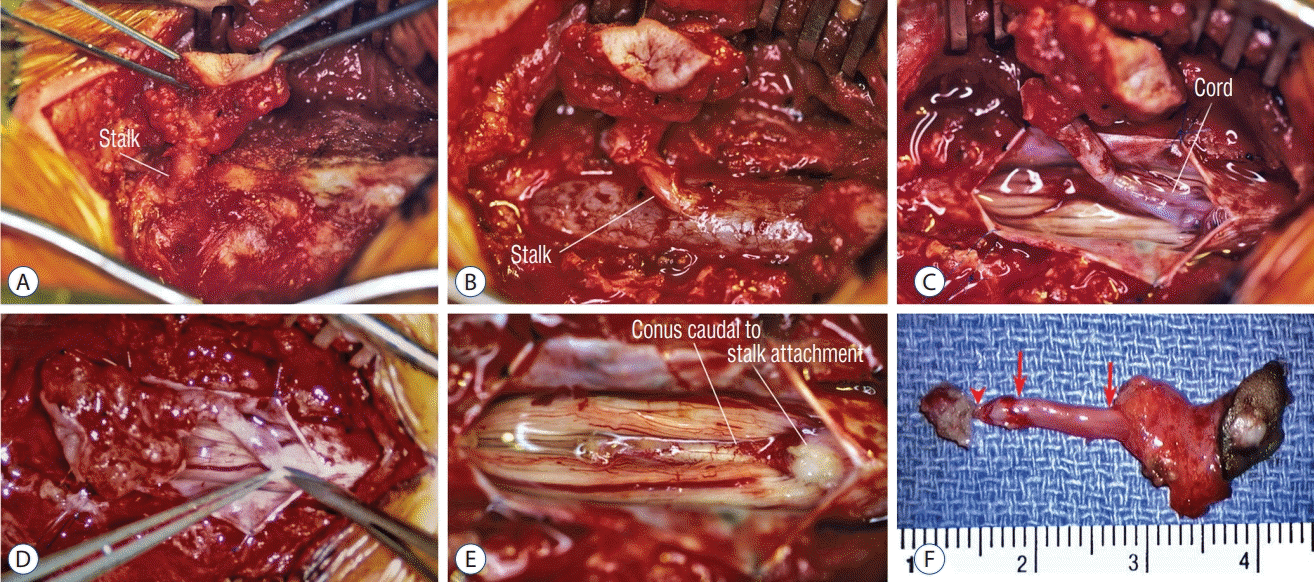
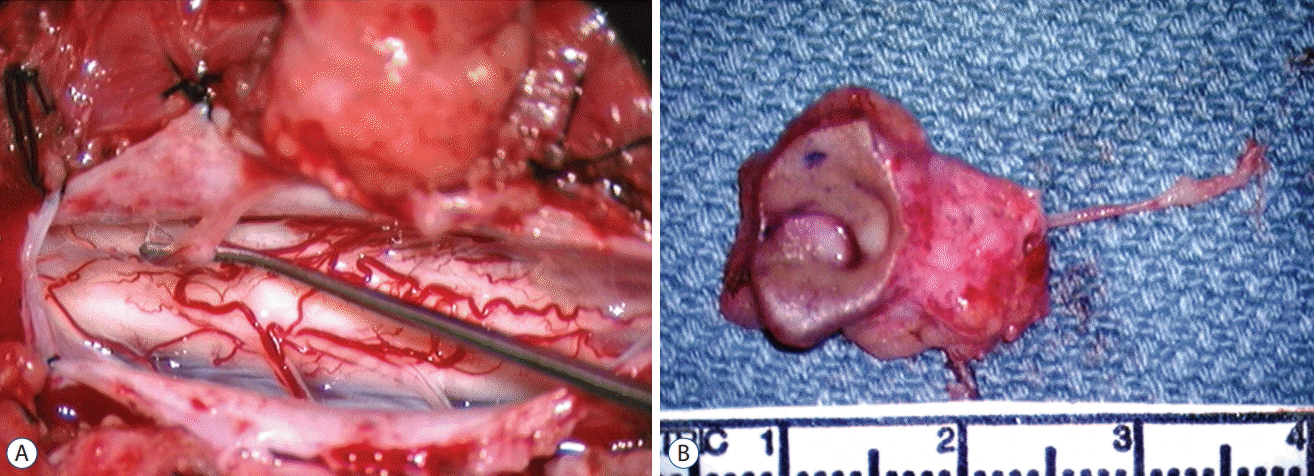

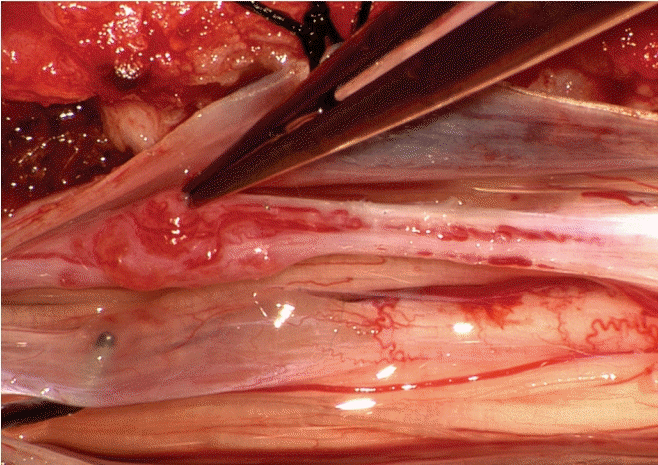


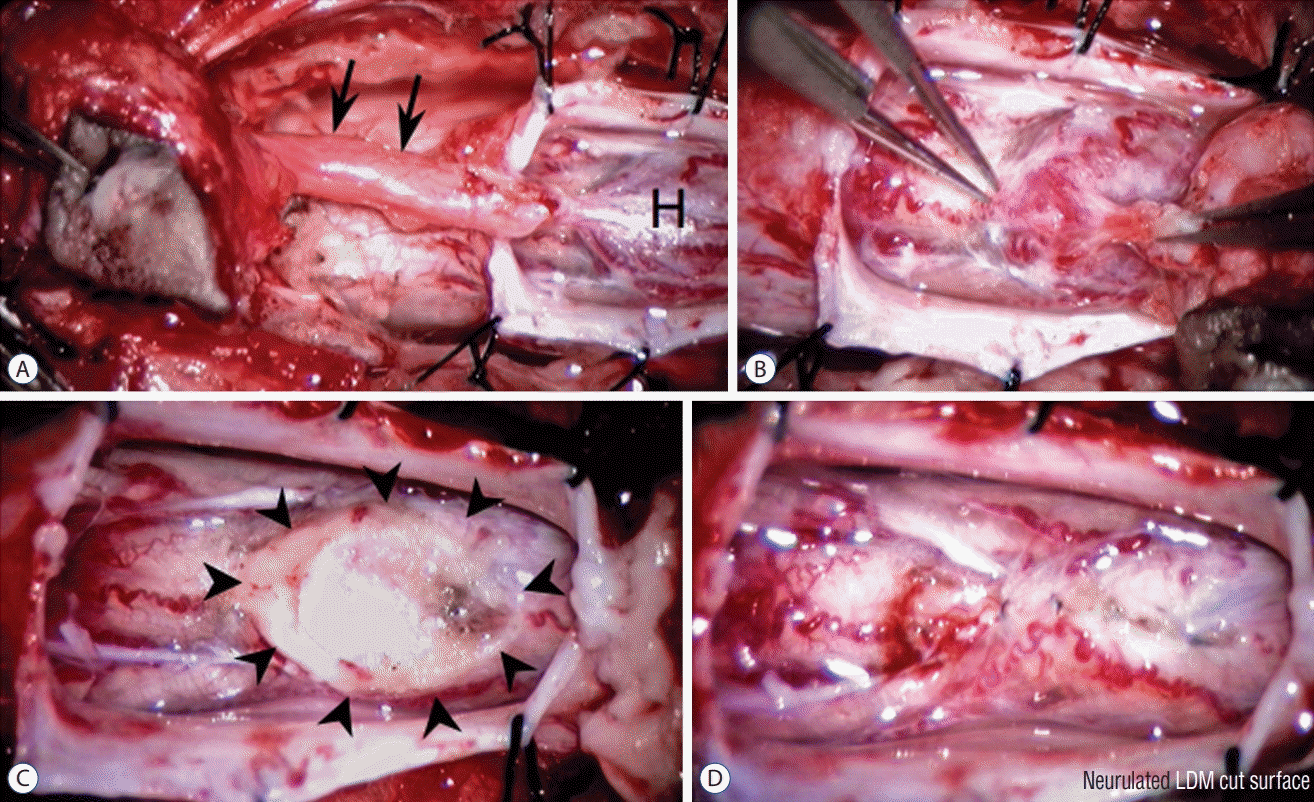

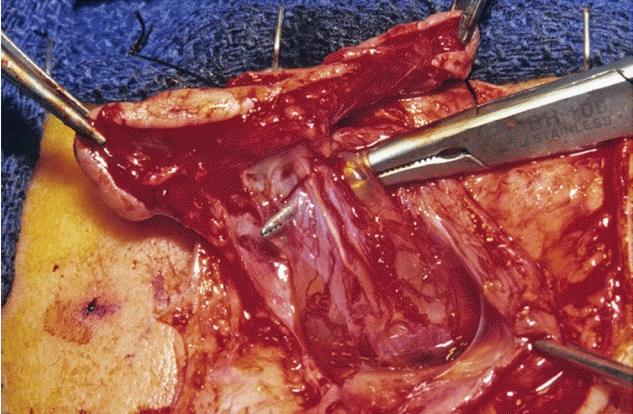
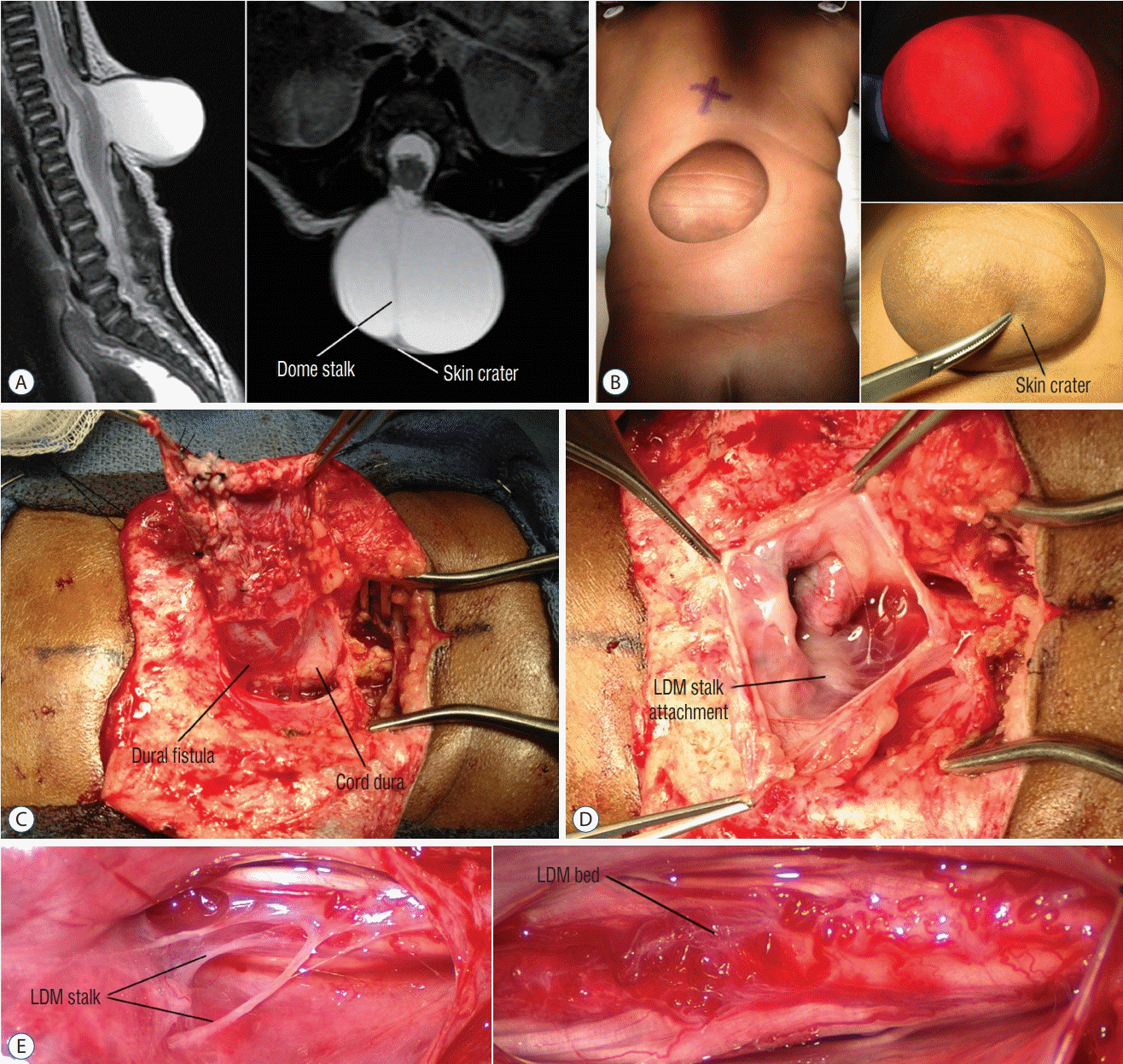


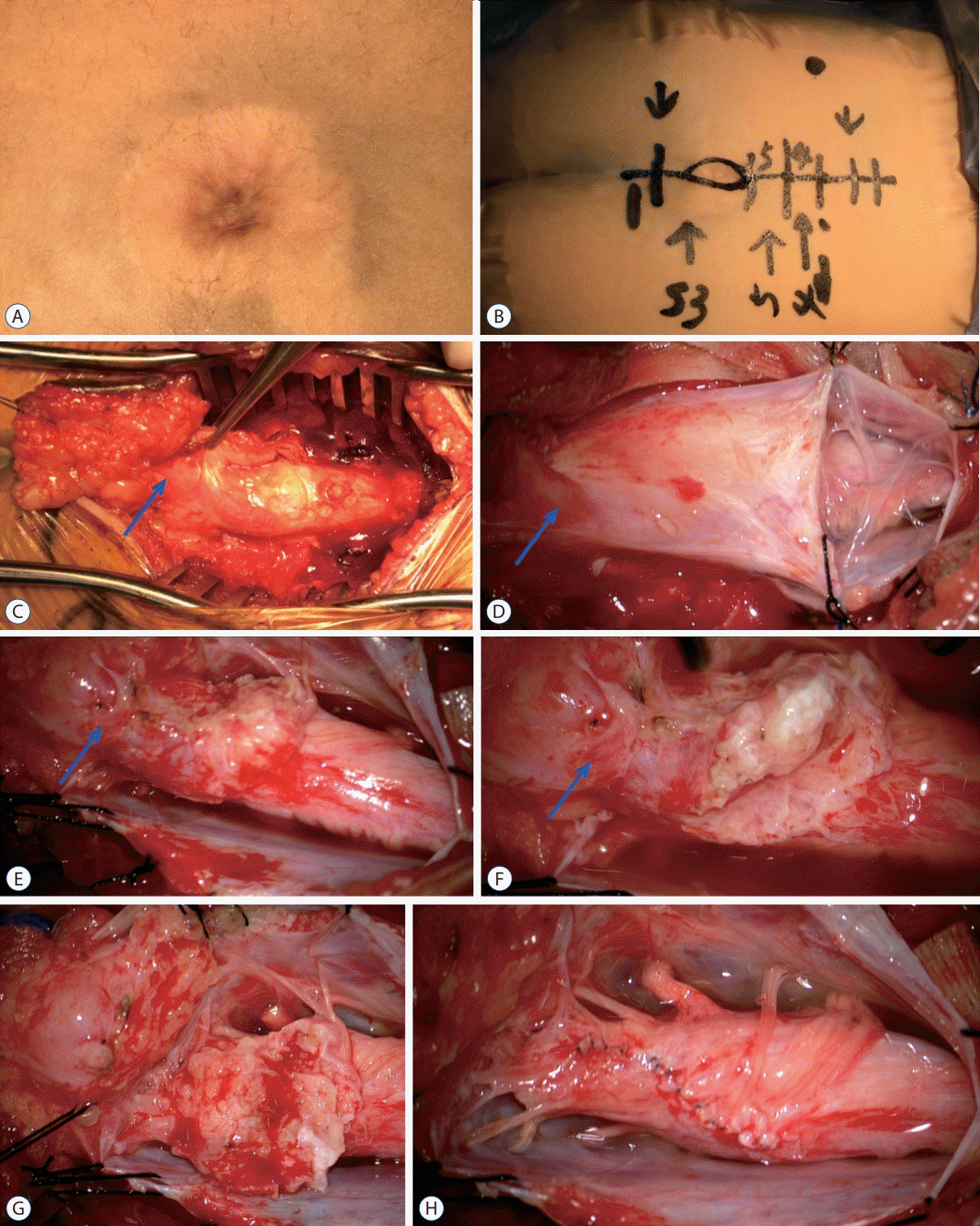
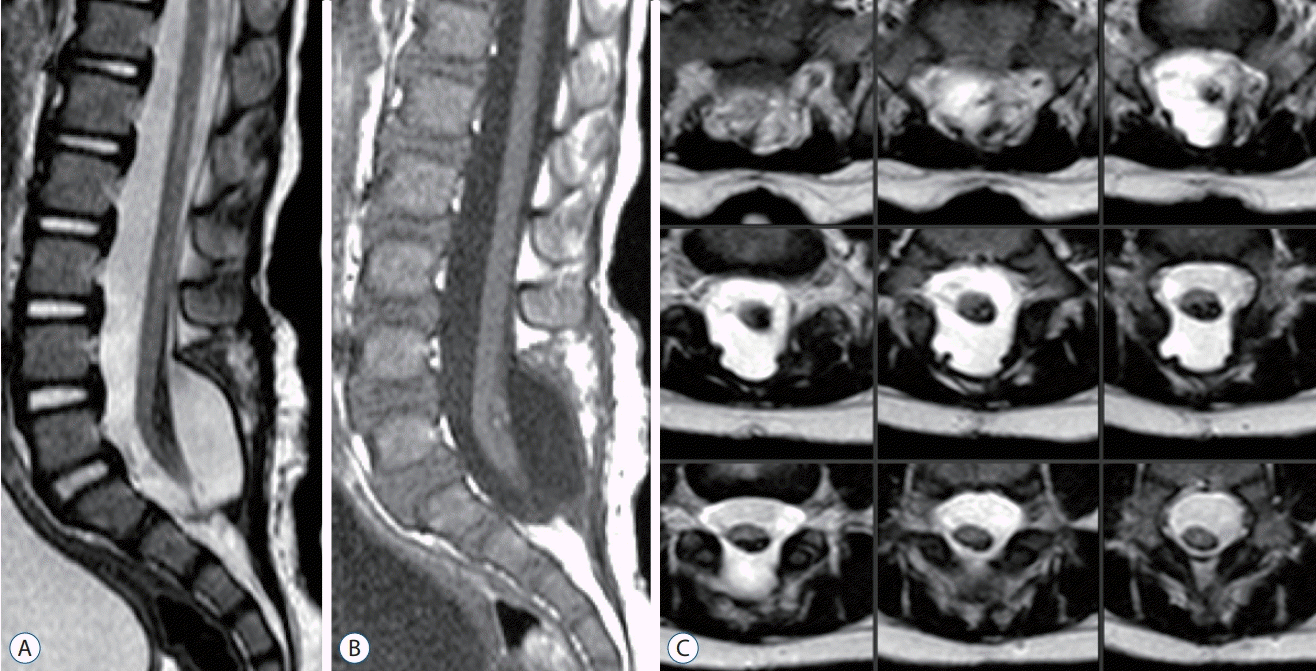




 PDF
PDF Citation
Citation Print
Print



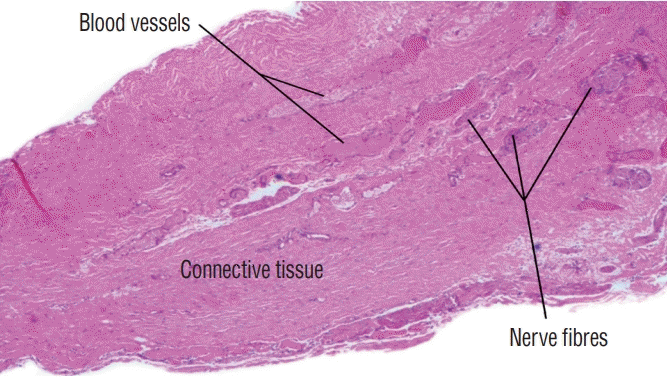
 XML Download
XML Download